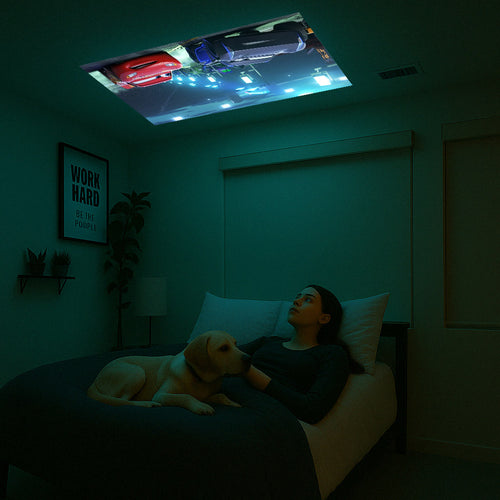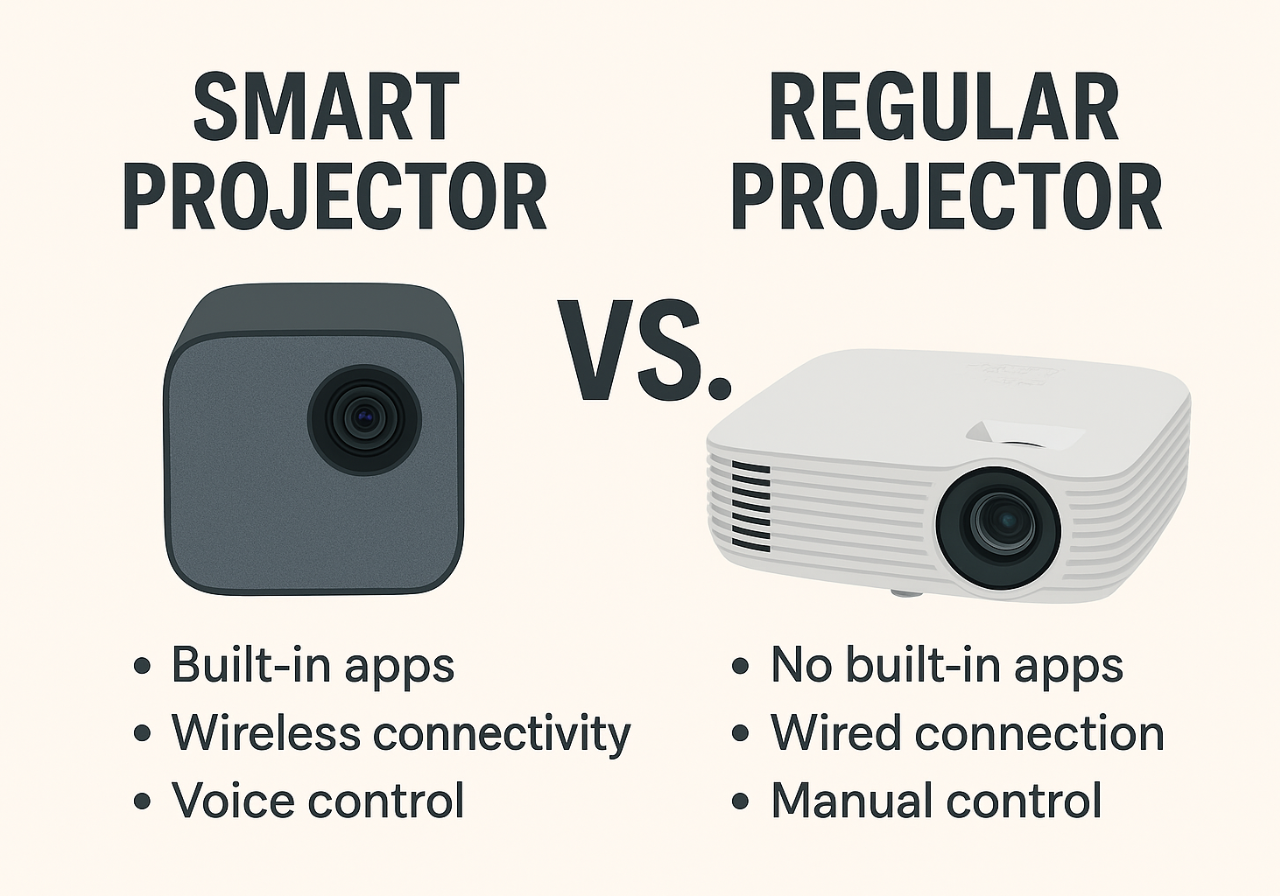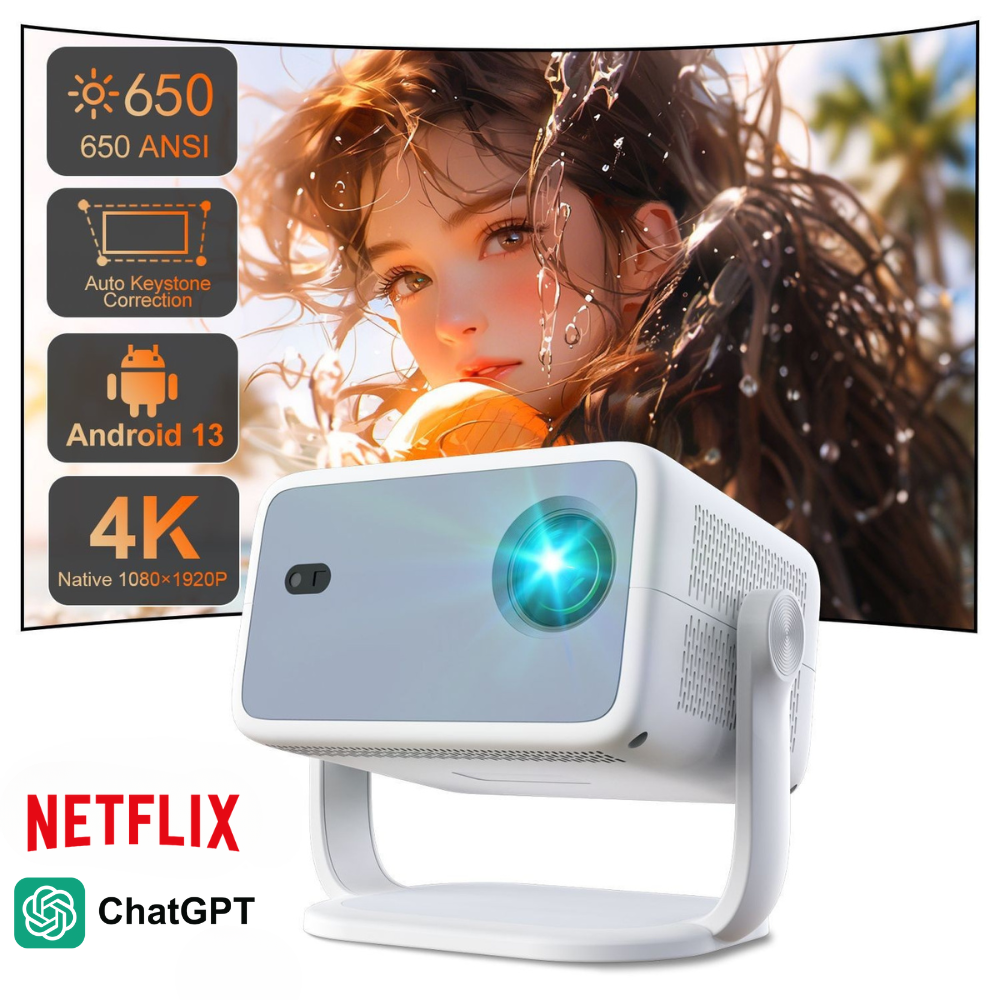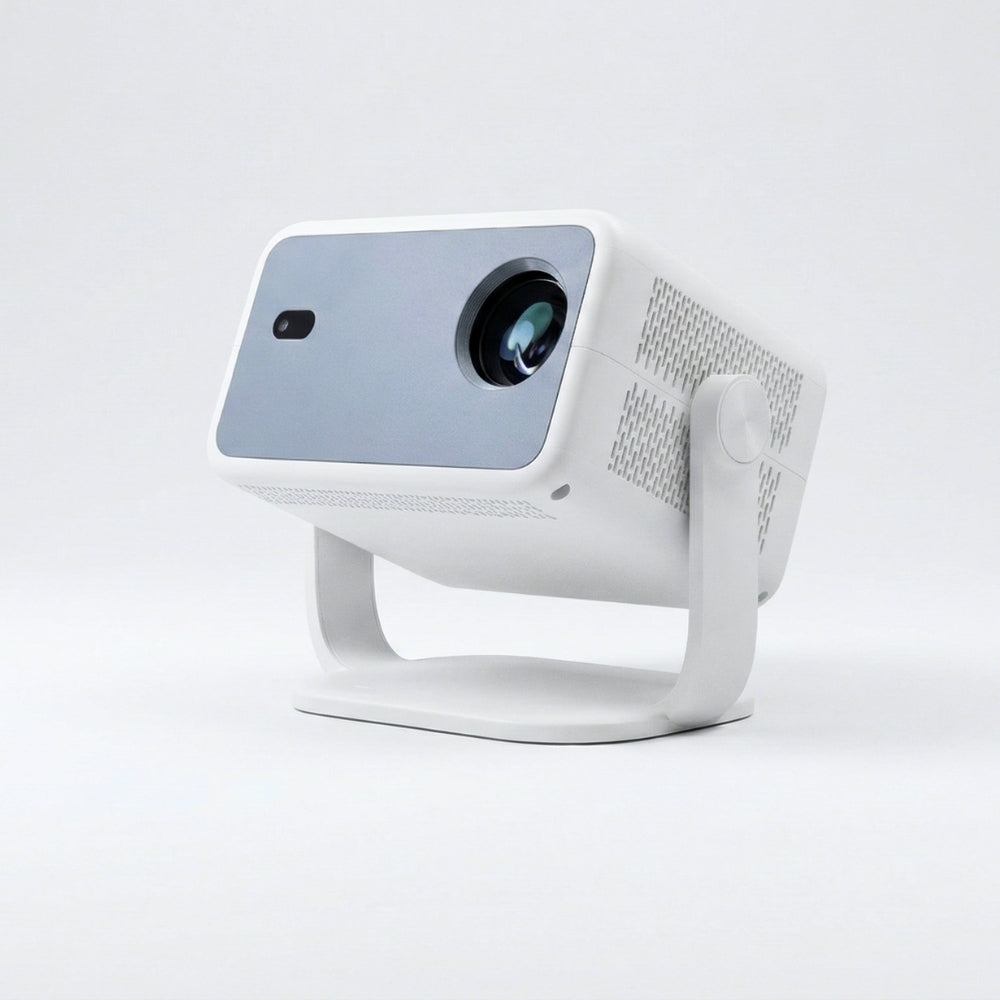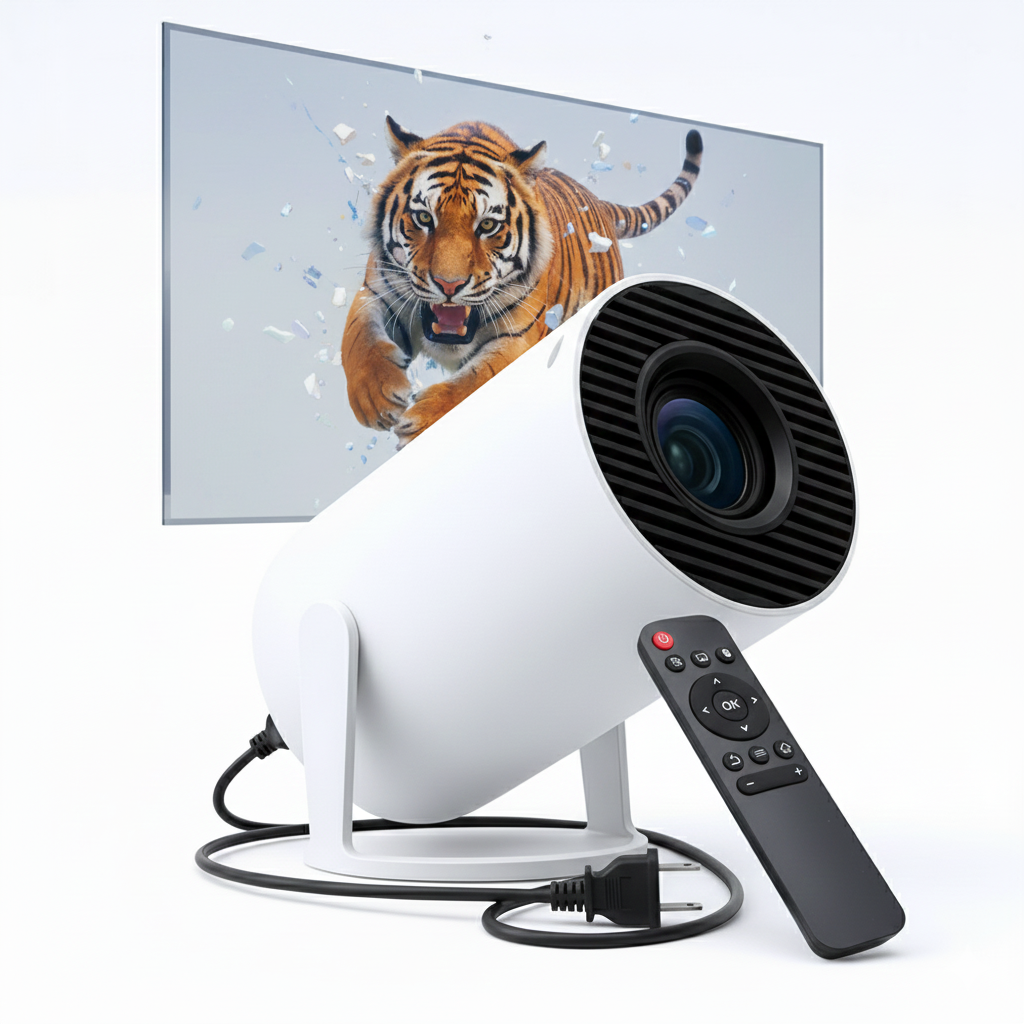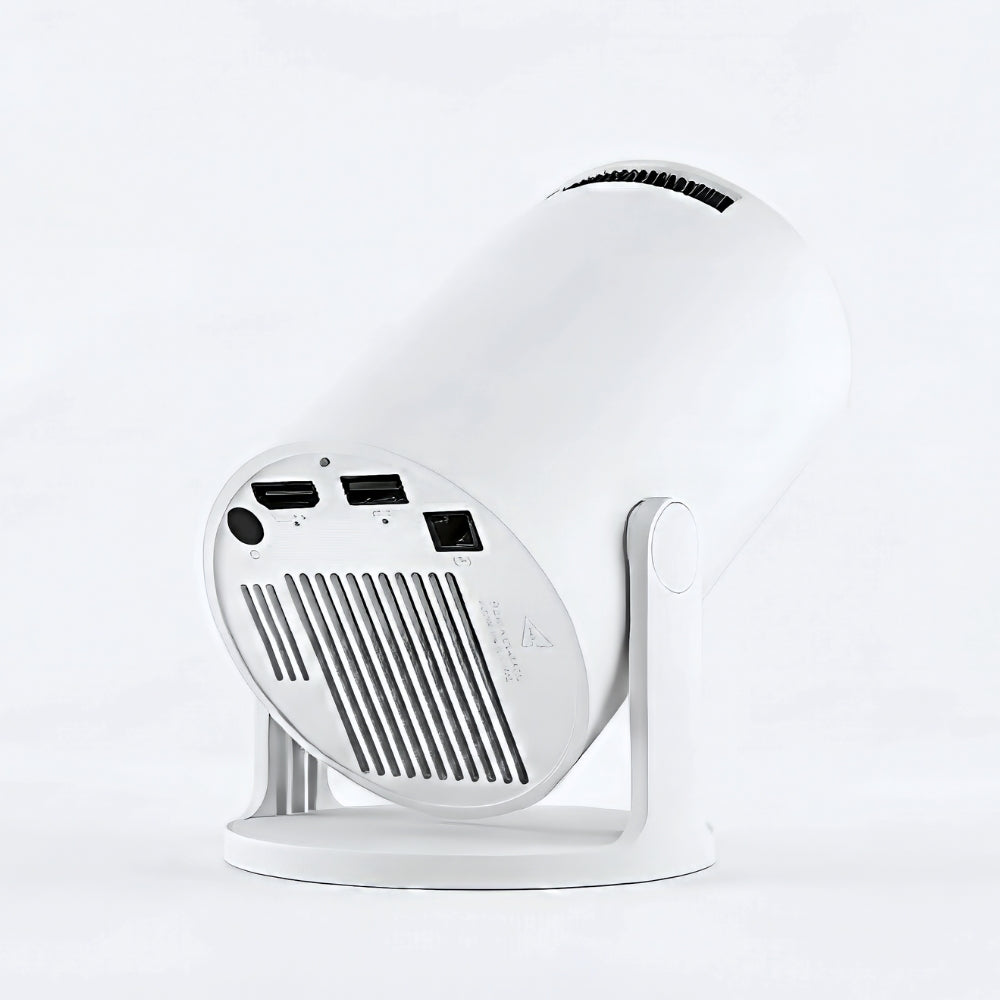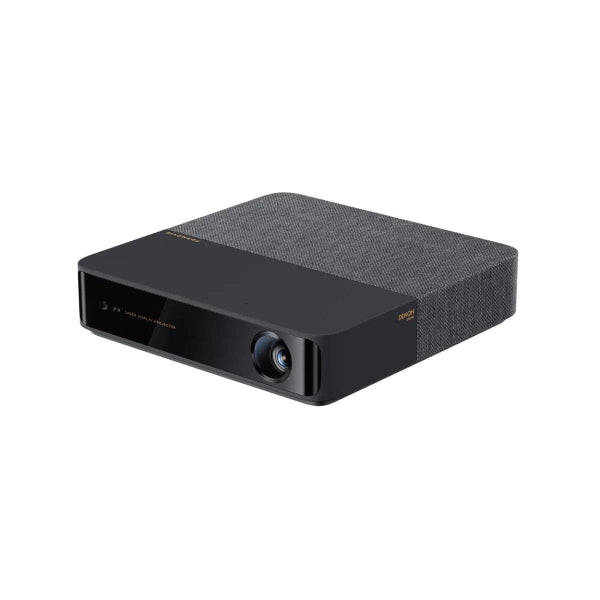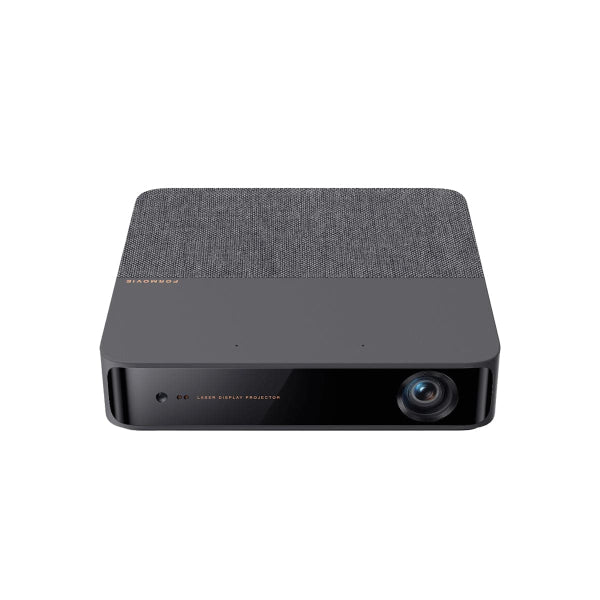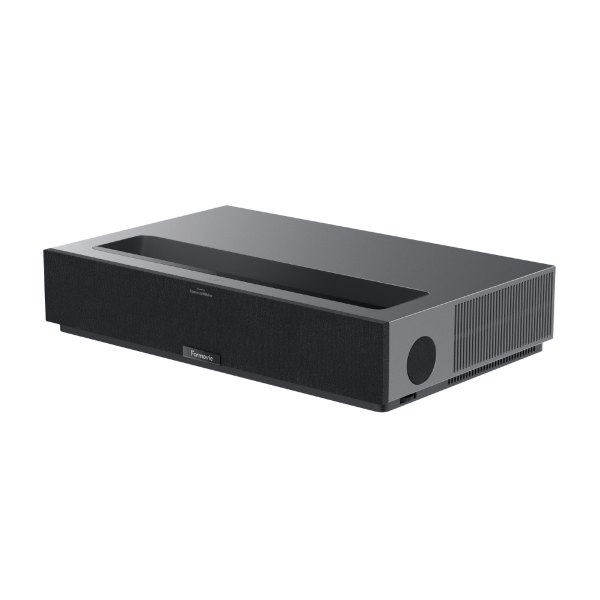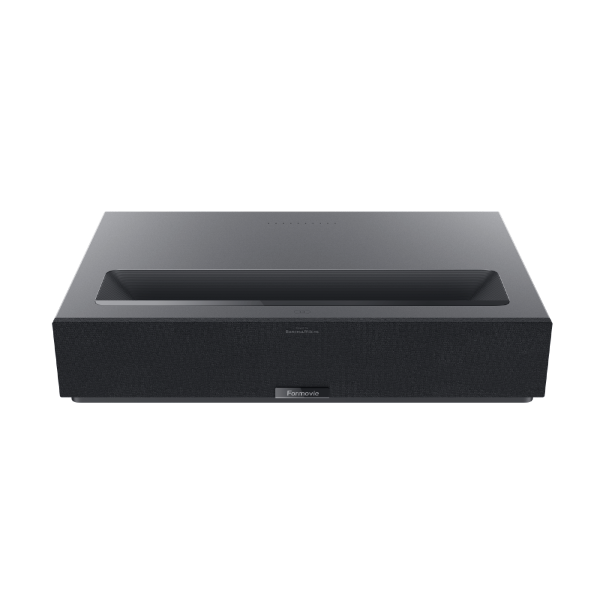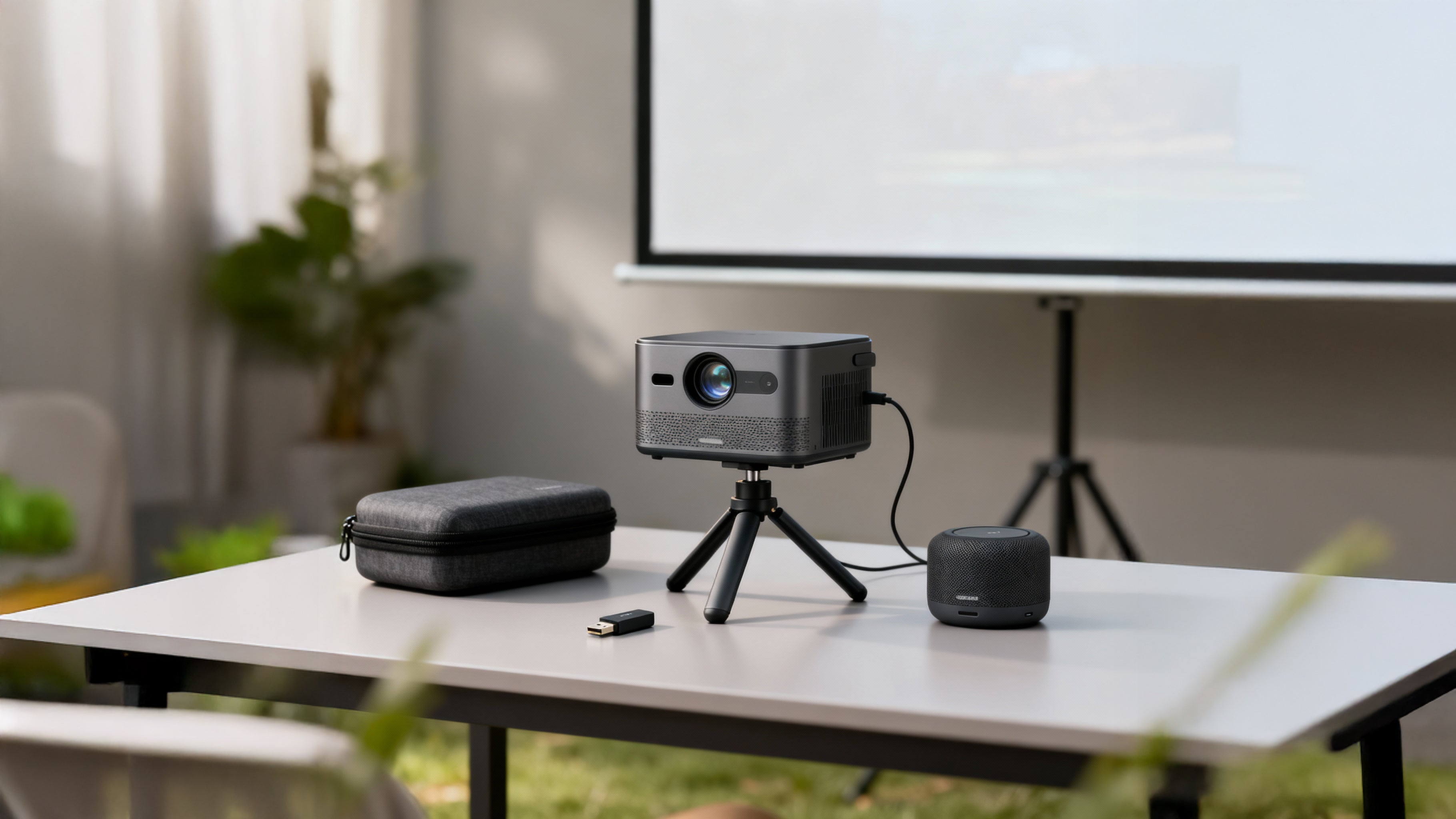This article will cover the topic of smart projectors vs. regular projectors, comparing their key differences and main advantages and disadvantages. Regular projectors are defined as display devices that project an image onto a surface, traditionally requiring external input sources. Smart projectors, on the other hand, integrate smart features, allowing for standalone operation and enhanced connectivity. The main benefits of smart projectors can include ease of use, access to streaming services, and a more compact setup. Regular projectors may offer higher performance for specific applications and typically come at a lower price point.
What Does a Smart Projector Mean?
Smart projectors refer to projectors with integrated operating systems, often Android-based or Google TV, which allow them to function similarly to smart TVs. This means they can access streaming apps, browse the internet, and connect to other smart devices without needing an external media player. They often come with built-in Wi-Fi and Bluetooth capabilities, offering a more streamlined entertainment experience. Smart projectors can improve the convenience of setting up a home theater or presentation, especially when a minimalist setup is desired.
At The Projection Room we offer a range of different SMART Projector options to suit your viewing needs including 4K SMART Projectors.
Worried About Your Entertainment Setup?
Choosing the right projector can transform your viewing experience. Contact us.
How Do Smart Projectors Work?
Smart projectors work by combining the traditional projection hardware with an integrated smart operating system and connectivity features. Instead of relying solely on HDMI inputs from external devices like Blu-ray players or streaming sticks, a smart projector has its own processing power and storage. This allows it to run applications directly, download content, and connect wirelessly to networks and other devices. The internal software processes the data and sends it to the projector's lamp and lens system to display the image.

What is the Primary Purpose of a Smart Projector?
The primary purpose of a smart projector is to provide a comprehensive, all-in-one entertainment or presentation solution. They aim to simplify the user experience by integrating functionalities typically found in separate devices, such as streaming boxes, into the projector itself. This prevents the need for excessive cables and external gadgets, making setup easier and more portable. Smart projectors are a suitable option for people who want a convenient way to access digital content, whether for movies, games, or presentations, without a complex arrangement of devices.
What is the Importance of a Smart Projector?
The importance of smart projectors lies in their function of offering a highly integrated and user-friendly experience, significantly reducing the complexity of traditional projector setups. They eliminate the need for multiple external devices, making them ideal for casual users or those seeking portability. The built-in apps and wireless connectivity allow for immediate access to a vast array of content, from streaming services to online documents, enhancing versatility and convenience.
What is the Advantage of Smart Projectors Over Regular Projectors?
The advantage of smart projectors over regular projectors is their capability to offer an all-in-one solution for entertainment and presentations. They integrate streaming services, operating systems, and wireless connectivity, which enhances convenience and reduces the need for external devices and messy cables. This integration provides a more user-friendly experience and greater portability, making them ideal for various settings without complex setups.
What Do Regular Projectors Mean?
Regular projectors, also known as traditional or dumb projectors, are display devices designed to project an image or video onto a screen or surface. They typically require an external source, such as a laptop, DVD player, gaming console, or streaming stick, connected via cables (like HDMI, VGA, or USB) to display content. These projectors focus primarily on the core function of projection, offering a straightforward way to enlarge content from a separate media source.

How Do Regular Projectors Work?
Regular projectors work by taking an input signal from an external source and converting it into a visible image projected through a lens. The internal components, including a light source (lamp or LED), a light processing unit (DLP chip, LCD panels, or LCOS panels), and a projection lens, work together. The light source generates light, which is then modulated by the processing unit to create the image, and finally, the lens focuses and magnifies this image onto the desired surface. They are essentially display output devices that rely entirely on the capabilities of the connected input source for content and smart features.
What is the Primary Purpose of Regular Projectors?
The primary purpose of regular projectors is to display content from external sources onto a large screen. They are fundamentally output devices, acting as a larger monitor for computers, media players, or gaming consoles. Regular projectors are crucial for applications where a large display is needed, such as in classrooms, corporate meeting rooms, or dedicated home theater setups where users prefer to manage their media sources independently. Their focus is solely on delivering a high-quality projected image from an input provided by another device.
What is the Importance of Regular Projectors?
The importance of regular projectors lies in their capability to provide a large-scale display solution for various applications, offering flexibility in screen size that televisions cannot match. They are essential for presentations, educational settings, and traditional home theater systems where users have specific external media setups. By focusing solely on projection, regular projectors often provide higher performance in terms of brightness, resolution, and picture quality for a given price point, making them a foundational choice for dedicated visual environments.
UHD 4K SMART PROJECTOR

What is the Advantage of Regular Projectors Over Smart Projectors?
The advantage of regular projectors over smart projectors is that they are generally more focused on core projection performance, often delivering higher resolutions, brightness levels, and better color accuracy for a comparable price. They provide greater flexibility for users who prefer to choose their own external media players and have specific technical requirements. Regular projectors can also be more durable in environments where complex integrated electronics might be prone to issues.
Which is Better, Smart Projector or Regular Projector?
Choosing between a smart projector and a regular projector depends heavily on individual needs and priorities. If you prioritize ease of use, portability, and built-in streaming, a smart projector from The Projection Room is the best option. Smart projectors excel in convenience, ease of use, and a streamlined, all-in-one entertainment experience, making them ideal for casual users or those who prioritize portability and minimal setup. They integrate streaming apps and wireless connectivity, reducing cable clutter.
Regular projectors, however, may be better for dedicated home theater enthusiasts, professional environments, or users who prioritize raw performance in terms of image quality, brightness, and resolution. They offer greater control over input sources and often provide a more robust and specialized projection experience. Both types of projectors are hugely beneficial and should be chosen based on the specific application and user preferences.
What to Look For When Buying a Smart Projector or Regular Projector?
When buying a smart projector or regular projector, it is important to consider several key factors to ensure it meets your specific needs. For smart projectors, look for an intuitive operating system, a wide range of pre-installed or downloadable apps, reliable Wi-Fi and Bluetooth connectivity, and adequate internal storage. For both types, crucial specifications include resolution (e.g., 1080p, 4K), brightness (lumens), contrast ratio, lamp life, and projection throw ratio. It's also important to check for input/output options (HDMI, USB), built-in speakers (especially for smart projectors), and overall build quality. Reading reviews and comparing models will help in making an informed decision.
Do Smart Projectors Have All the Features of a Regular Projector?
Yes, smart projectors typically include all the fundamental projection capabilities of a regular projector, such as displaying content onto a screen. However, they go beyond that by integrating additional features like operating systems, streaming apps, and wireless connectivity. While they possess the core functionality, the emphasis in a smart projector is often on convenience and integrated services, whereas a regular projector's primary focus is solely on projection performance from an external source.
Is a 4K Regular Projector as Good as a Smart Projector?
No, a 4K regular projector is not "as good" as a smart projector in all aspects, nor is a smart projector always better. They serve different primary functions. A 4K regular projector excels in delivering high-resolution, sharp images from an external source, prioritizing picture quality above all else. Its "goodness" lies in its raw display performance. A smart projector, while it can also offer 4K resolution, defines its "goodness" by its integrated smart features, ease of use, and ability to stream content directly without external devices. The choice depends on whether you prioritize ultimate picture fidelity and external source flexibility (regular projector) or integrated convenience and smart features (smart projector).
Is it Recommended to Use a Smart Projector All the Time?
Yes, it is generally recommended to use a smart projector all the time for your viewing needs if it fits your lifestyle and usage patterns. The integrated smart features make it a convenient, all-in-one solution for daily entertainment or presentations. However, like any electronic device, continuous use will contribute to lamp or light source wear over time. For critical applications requiring maximum performance and dedicated input sources, a regular projector might offer advantages, but for general, flexible use, a smart projector is designed for constant accessibility.
Do Both Smart and Regular Projectors Affect Eyes From Blue Light?
Projectors, whether smart or regular, project light onto a surface rather than emitting it directly into the eyes, which can be less strenuous than looking at a direct-view screen (like a TV or phone). However, all digital displays produce blue light. While projectors inherently disperse light and generally pose less of a direct blue light concern compared to backlit screens, they don't specifically "protect" eyes from blue light. Some projectors may include color calibration settings that allow for warmer tones, which can reduce blue light output, but this is a feature of the display technology, not a primary "protection" mechanism.
Can I Buy a 4K Smart Projector Online?
Yes, you can easily buy 4K smart projectors online from The Projection Room. At The Projection Room, we offer a curated range of smart projectors featuring ultra-high-definition 4K resolution, integrated streaming apps, and wireless connectivity. Whether you’re building a home cinema or upgrading your entertainment setup, our selection combines performance and convenience. All available to order online with fast delivery and local support.
Check out our full range of Projectors at The Projection Room.



